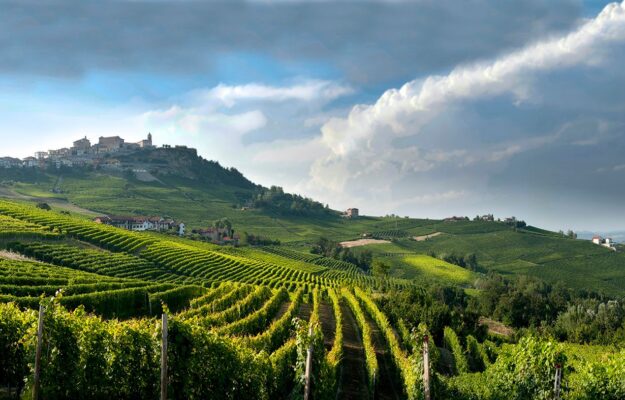The conference, “Historical and heroic viticulture of challenges and opportunities”, at Vinitaly 2024, organized by the Ministry of Agriculture and Food Sovereignty together with the Chair of UNESCO “Landscapes of Agricultural Heritage”, instituted at the University of Florence, produced a very powerful concept, which is, the added value of Italy’s landscapes is that they are not reproducible and therefore they represent a competitive advantage for Italian wine - and not only - that must be appropriately valorized. “We Italians take our landscapes for granted”, Mauro Agnoletti, the Chairman said, “make them our standard-bearers, because we have the best of what agriculture has created, modeling the land, over the centuries. Furthermore, they are fundamental elements from an environmental and economic point of view. Historic landscapes represent the adapting to difficult and changing environments, and heroic landscapes, which are classified by altitude and slopes, can almost always be superimposed, even considering the difficulties involved keeping them intact, and dealing with the risks especially of those on slopes”. The agreement recently signed at the Ministry of Agriculture in Rome between Sandro Camilli, president of the AIS - Italian Sommelier Association, and the Chair of UNESCO at the University of Florence, aims precisely at enhancing the role of the landscape at Sommelier courses as well as a criterion for describing wine, which will also commit to supporting joint projects and initiatives that promote landscapes as well as food and wine culture.
It is significant, Agnoletti said, that a far-sighted colossus, like Apple, has used the vineyard hills of the Sonoma Valley, one of the symbols of American wine in California, as the name and image of the new macOS operating system. And, considering that Macs represent 10% of the world's computers, this means as many as 650 million people will be seeing this vine-filled landscape every time they open their PC. “The example of the MacOS Sonoma operating system is significant in wine marketing as it does not show glasses and bottles”, Agnoletti said, “but it shows the competitive challenge we face. Wine tourists”, Agnoletti added, emphasizing the enormous potential of wine tourism, “take home the beauty of the places they have been, in their eyes, and when knowledge is deepened by historical and cultural elements, landscapes become unique and memorable”. And, thanks to an educational survey of the activities implemented by numerous companies in many Italian wine-growing areas have been highlighted - from the large ones such as Soave, Conegliano Valdobbiadene and Valpolicella, to the smaller ones like Cinque Terre, Valtellina, Val di Cembra, Lamole, Monti Lattari, Pantelleria, the municipalities of Atzara and Meana Sardo in Sardinia. Due to their particular operating conditions, they face costs that are three times higher than average and must be able to survive. Their protection is a challenge that concerns not only viticulture, but also the sloping Italian territory maintained by agriculture.
Camilli defined the path “experimental”, because finding a close relationship in the glass between wine and landscape is difficult, if not impossible, while the "emotional" relationship between the beauty of the landscape in which a wine is produced and the appreciation of its quality are directly proportional, as various scientific investigations have demonstrated. “The key elements that a sommelier must learn to convey when presenting a wine”, Sandro Camilli pointed out at the conference, “are its uniqueness, identity and recognizing the landscape, conveying the emotions it produces”. It is important to note that Italy was the first country to establish the Register of Historic Landscapes (followed by China, which now has more than we do), from which one can access UNESCO recognition - now more difficult to obtain, especially because we already have so many - and to FAO's Globally Important Agricultural Heritage Systems. To maintain this heritage, however, it is necessary that the State recognize and support the role of the farmer, custodian winemaker.
Copyright © 2000/2025
Contatti: info@winenews.it
Seguici anche su Twitter: @WineNewsIt
Seguici anche su Facebook: @winenewsit
Questo articolo è tratto dall'archivio di WineNews - Tutti i diritti riservati - Copyright © 2000/2025








































































































































































































